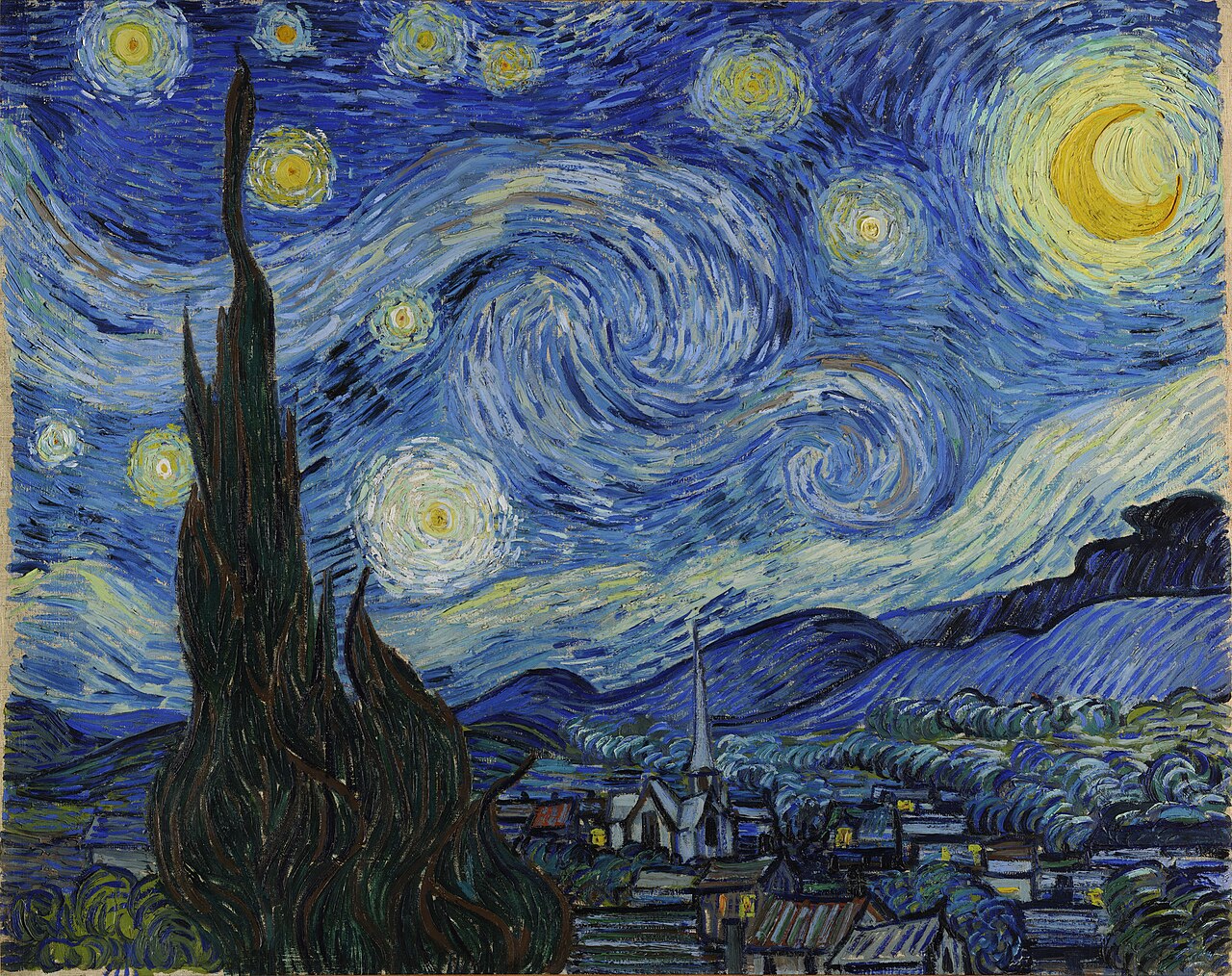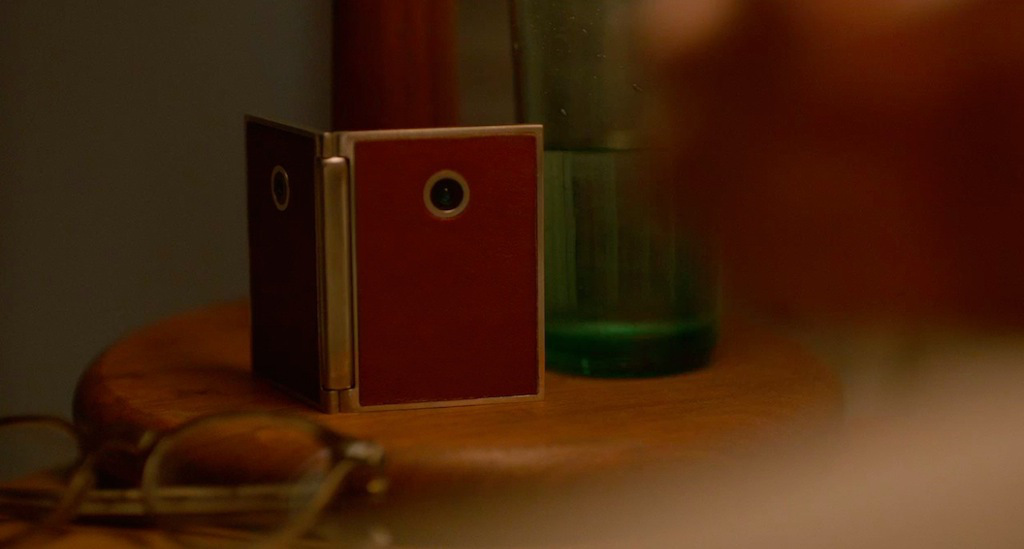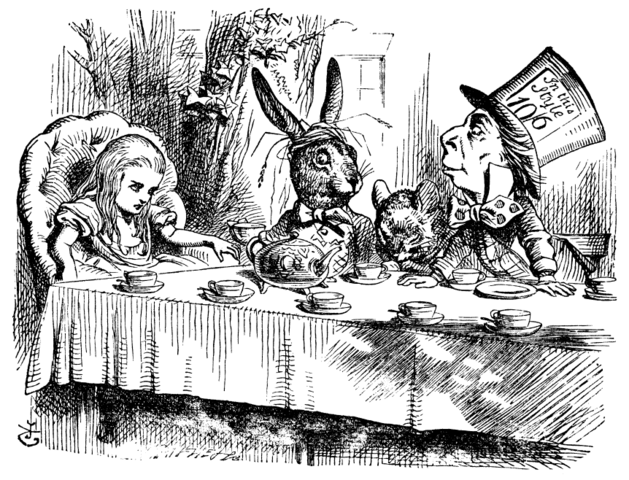Sometimes a lack of medicine can lead to creativity, though. Beethoven lost his hearing over several years, yet still continued to create music, including the 9th Symphony, arguably his greatest work. Numerous artists such as Van Gogh, Monet, Degas, and many more had eyesight problems that manifested in their paintings (and other pieces). The paintings were not worse, but rather different or even better.

Van Gogh likely had lead poisoning, one of the symptoms of which is seeing circles of light around objects. The resemblance to The Starry Night is undeniable.
Phil Hansen is an artist who developed a tremor that prevented him from creating art the way he wanted to. But, as you can see in the video below, he "embraced the shake" and learned how to work with it. That, in turn, led him to consider how other limitations could spark his creativity.Not only did he overcome his disability, but he also turned it into an advantage.
At the beginning of this post I talked about medicine as art. What about the reverse? What about art as medicine? This became a necessity for Melody Gardot, who in 2004 was hit by a car that left her hospitalized with serious injuries, including short-term memory loss, sensitivity to light and sound, and trouble communicating. Speaking was a source of tremendous difficulty for her, because she had trouble finding the right words. However, by singing and playing the guitar, she was able to use music as a therapy for herself in recovering. Now she leads an inspiring musical career in jazz/blues.
No one would wish misfortune upon people, yet there is no doubt that in many cases it leads them down a path full of creativity. Imagine the other ways medicine and art could come together to form amazing things.
Sources
Casini, Silvia. "Magnetic Resonance Imaging (MRI) as Mirror and Portrait: MRI Configurations between Science and the Arts." Configurations 19.1 (2011): 73-99. Web. 24 Apr. 2016.
Gardot, Melody. "Melody Gardot - Some Lessons." YouTube. Purple0accident, 11 July 2010. Web. 24 Apr. 2016.
Hansen, Phil. "Embrace the Shake." TED Talk. TED, Feb. 2013. Web. 24 Apr. 2016.
MutleeIsTheAntiGod. "Orlan - Carnal Art (2001) Documentary." YouTube. YouTube, 13 Mar. 2011. Web. 24 Apr. 2016.
Simon, Scott. "Melody Gardot's Road to Recovery." NPR. NPR, 8 Mar. 2008. Web. 24 Apr. 2016.
Smilde, Age, Edoardo Saccenti, and Wim Saris. "Deafness Shaped Beethoven's Music." DNews. 22 Dec. 2011. Web. 24 Apr. 2016.
"Van Gogh's Vision Problems." Vincent Van Gogh - Blog on Art and Painting. 6 June 2008. Web. 24 Apr. 2016.
White, Tracie. "Eye Diseases Changed Great Painters' Vision of Their Work Later in Their Lives." Stanford University. Stanford Report, 11 Apr. 2007. Web. 24 Apr. 2016.


